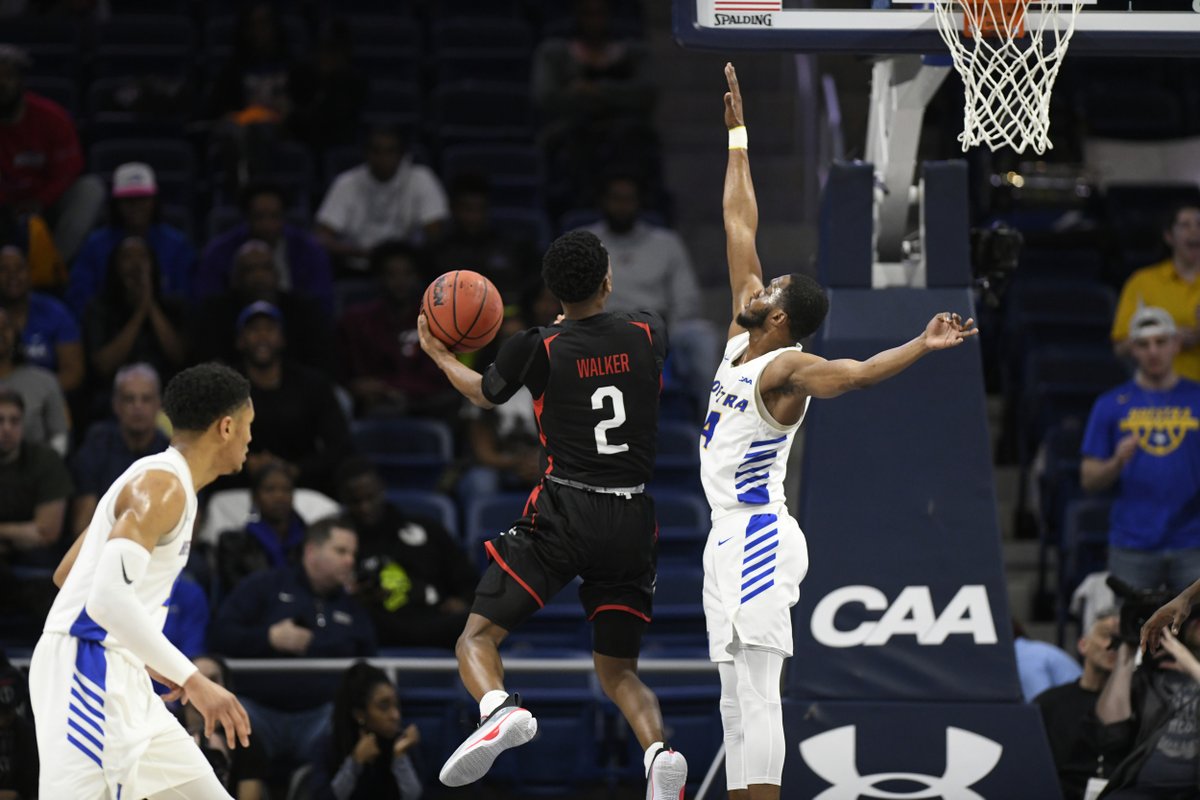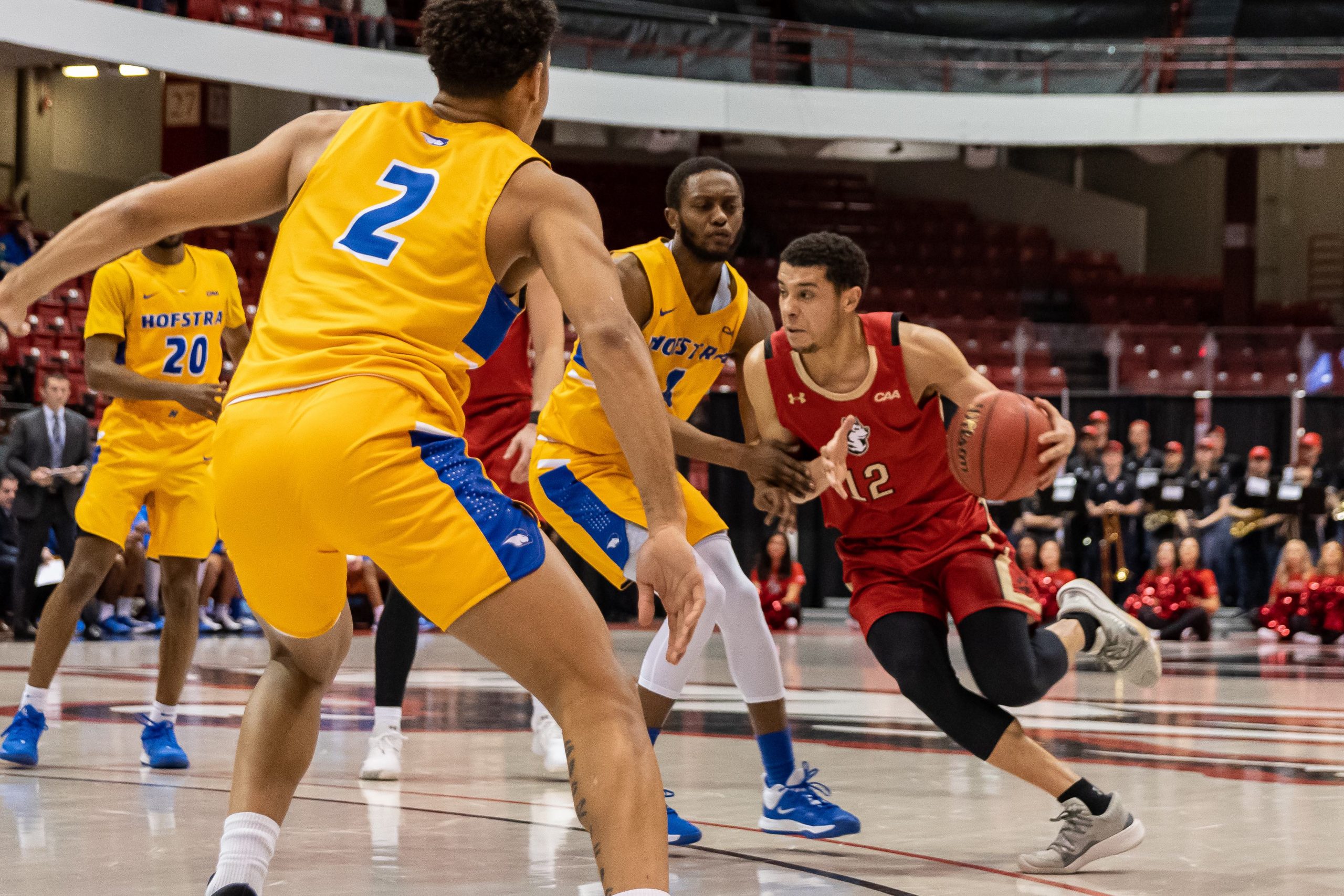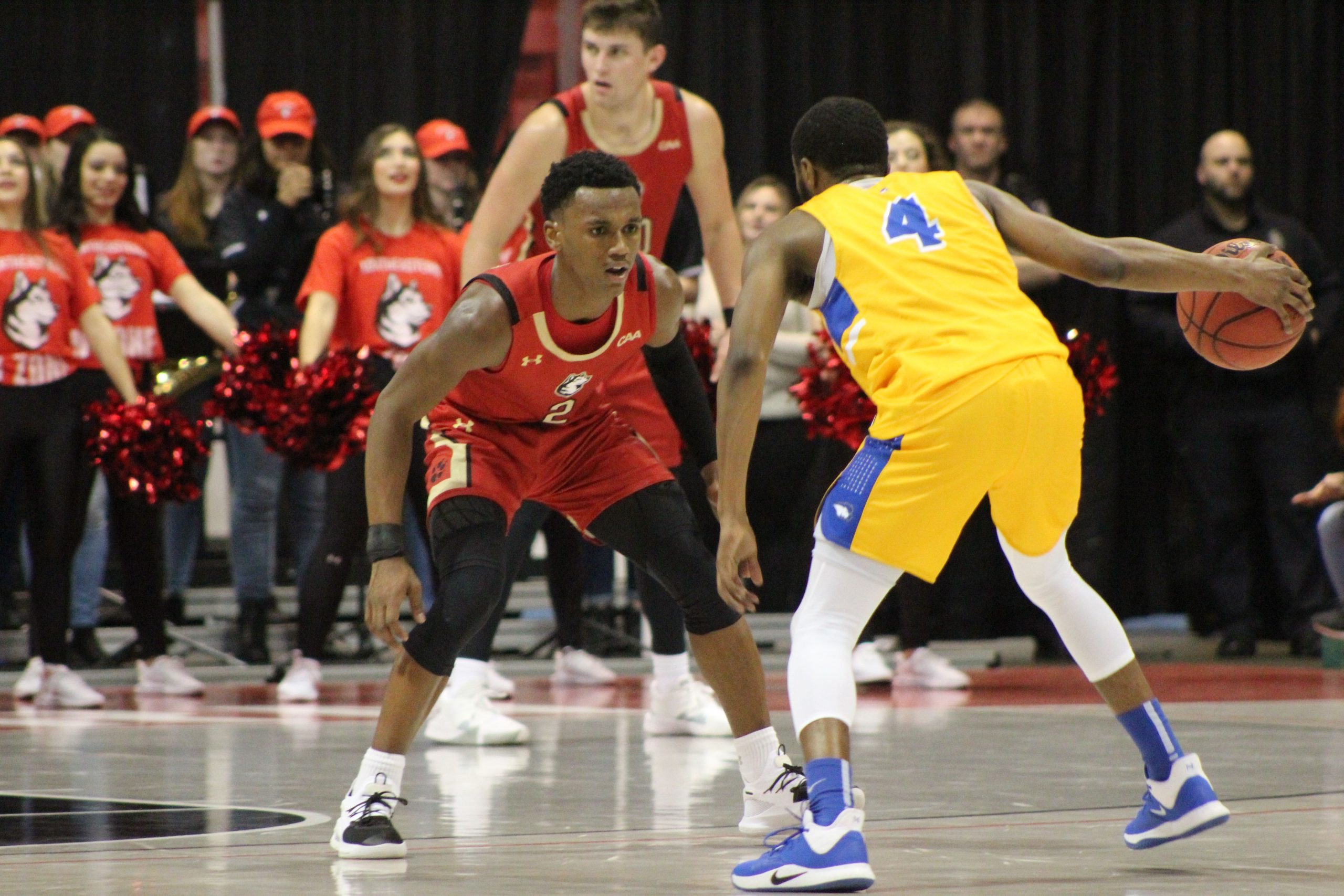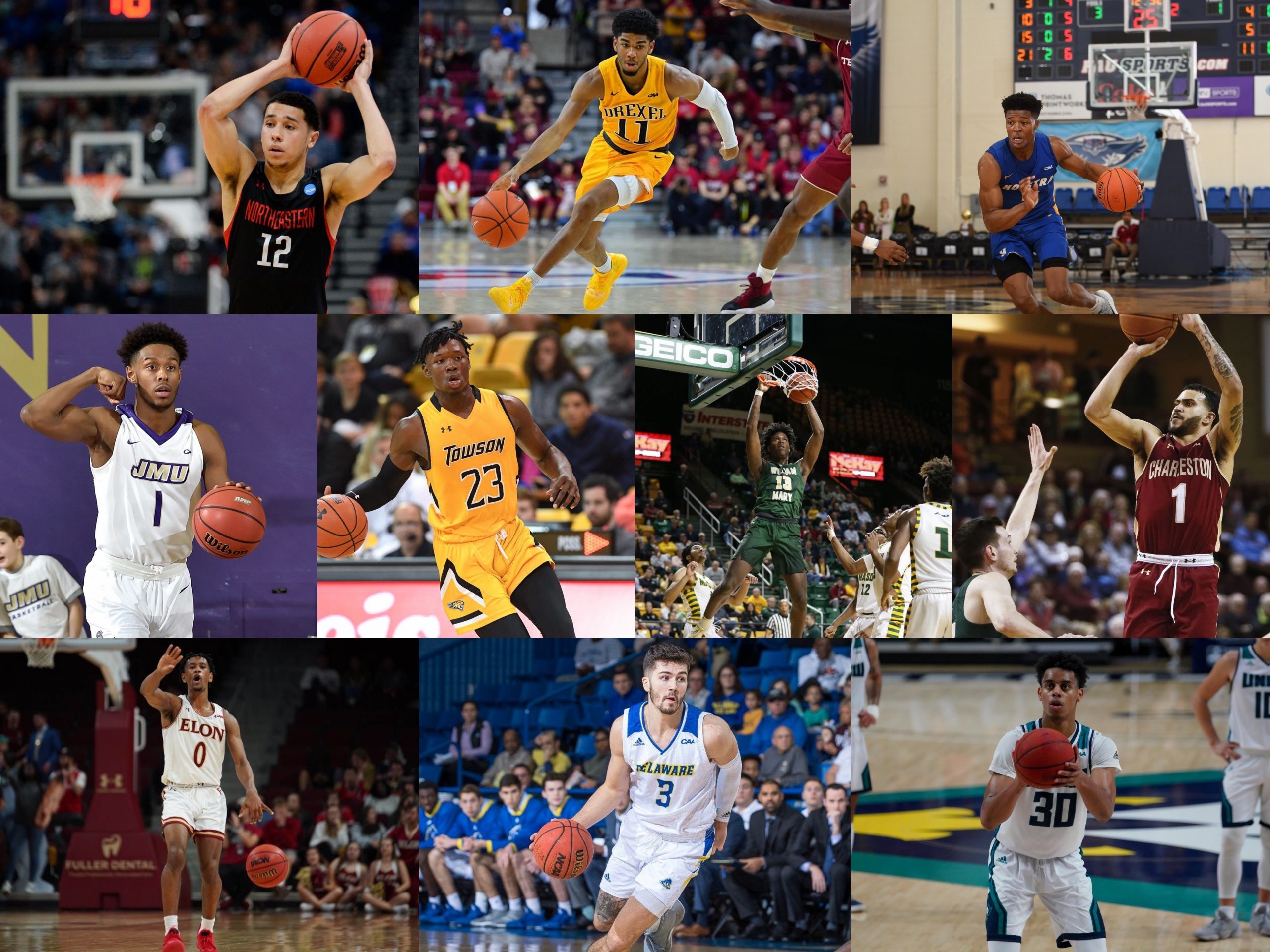2020–21 CAA Preview: Hofstra Pride
Last Season: 26–8 (14–4, first place CAA); CAA Conference Champions Head Coach: Joe Mihalich (eighth season) Note: Mihalich has been on medical leave since August and it is unknown when he will return. Associate Head Coach Mike Farrelly, in his eighth season with the Pride, is serving as interim head coach. Preseason Poll Projected Finish:…





